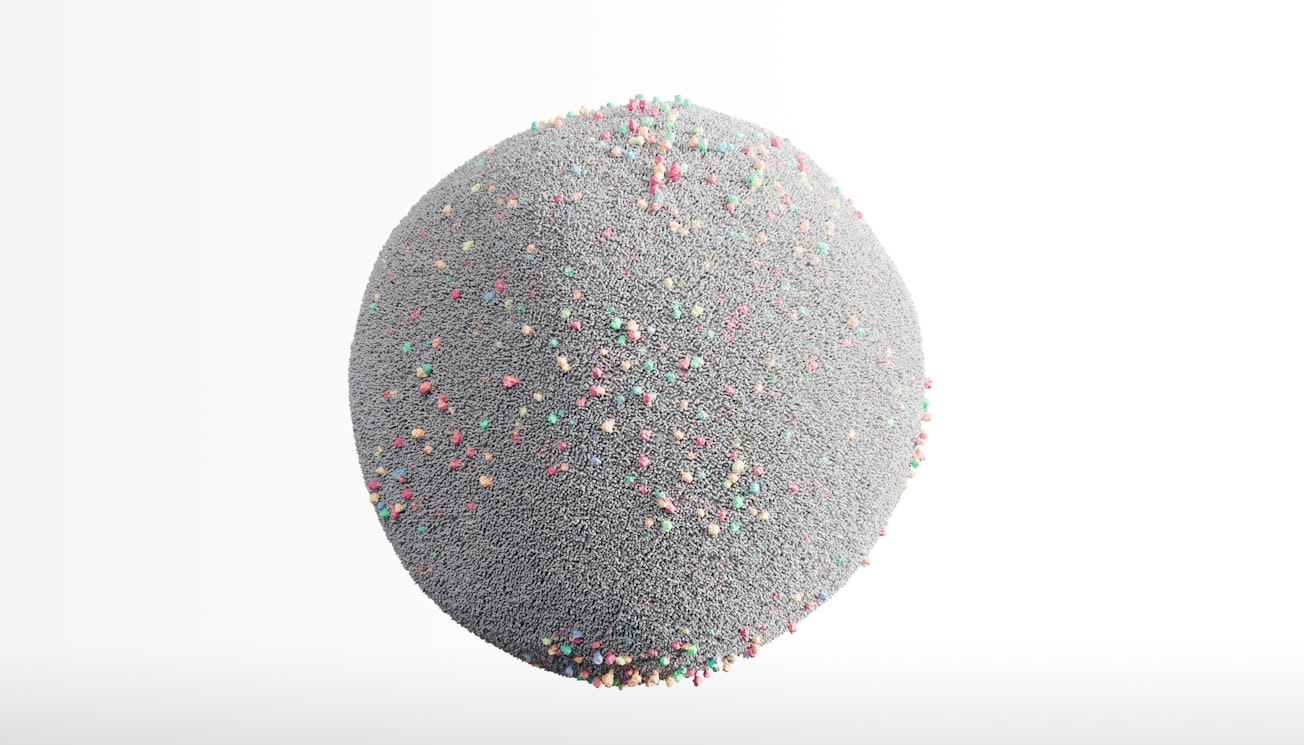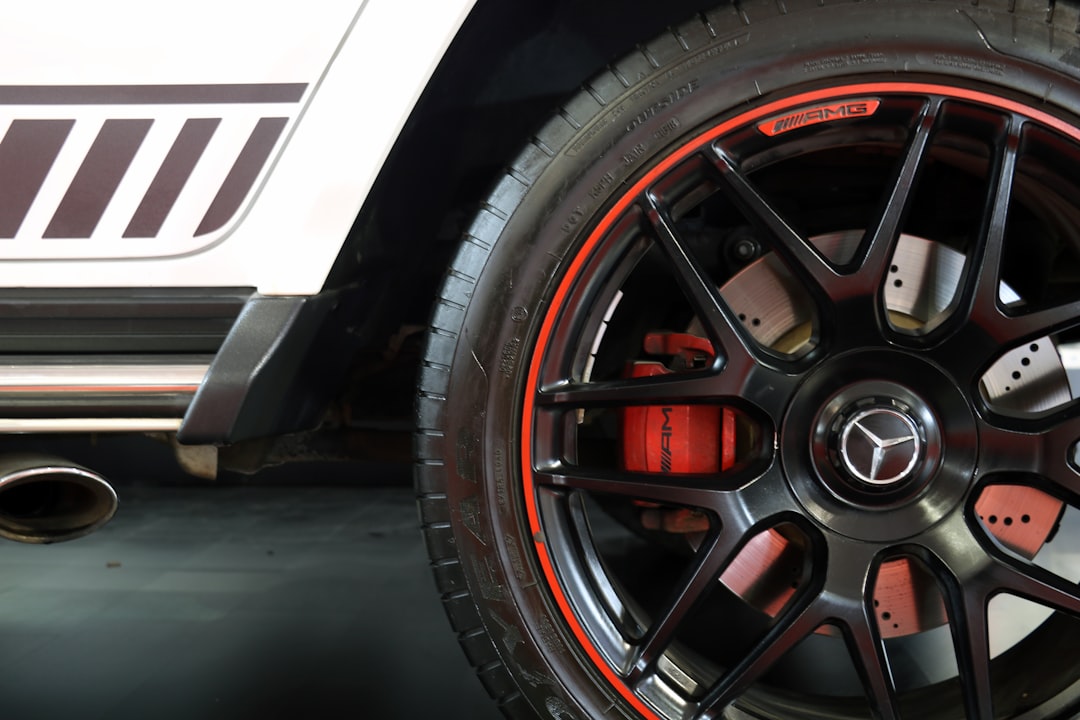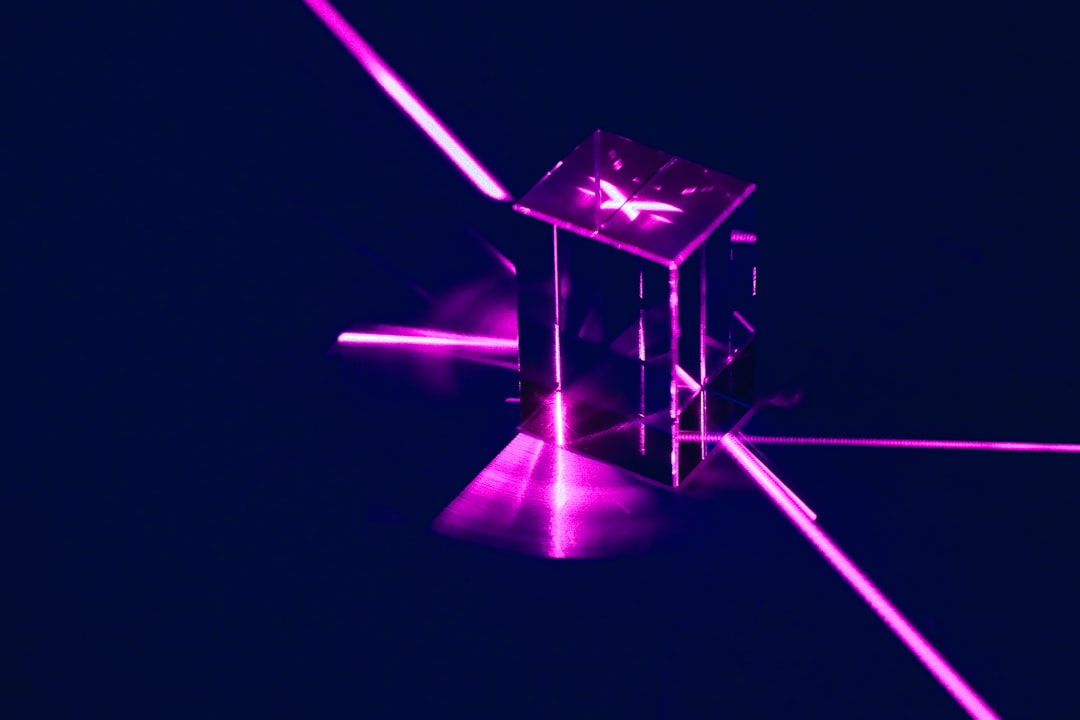What is it about?
Cells have an incredible array of capabilities, evidenced by the sheer diversity of life on planet earth. Humans have long harnessed these fundamental abilities - we need only to look at the use of yeast in baking and brewing to notice the potential of what is in front of us, but it is not always easy to make cells do what we would like. It is no surprise that researchers are trying to make simplified synthetic cells that can be more easily programmed and controlled. These cells share many features of their natural counterparts, one of which, is the outer membrane of the cell. The outer membrane is a largely impermeable barrier, which functions to maintain integrity and keep the contents of the cell in place. This barrier, however, comes with problems of its own. How can waste leave the cell, and necessary nutrients enter? The presence of membrane proteins, often called ‘cellular gatekeepers’ help to manage the traffic of energy, signals and nutrients through the membrane. In nature, the task of equipping the membranes with proteins is conducted by sophisticated systems developed through years of evolution. For the construction of synthetic cells, it would be useful to have tools that can accurately transport and place membrane proteins into synthetic cell membrane as and when they are required. One such tool has been recently developed by researchers from Jonathan Heddle’s laboratory based at Jagiellonian University, Krakow, now based at Durham University, UK. The team designed and built a novel delivery tool named nano-CRAFT, which is able to transport a tiny piece of membrane, called a nanodisc, with a single protein inside. This technology allows a ‘fleet’ of nanometre-sized shuttles, each carrying an individual ‘gatekeeper’ protein, to deliver those to target membranes of any size. This opens the possibility for block-by-block construction of artificial cells, and their artificial compartments. Additionally, as the whole process of delivery requires only a small addition of calcium and takes seconds, the scientists believe, that it will be readily scalable and will be integrated into more complex systems, thus bringing the goal of intricate artificial cells closer to reality.
Featured Image

Photo by ANIRUDH on Unsplash
Why is it important?
This research demonstrates a novel method of nanodisc-liposome fusion that is more rapid, scalable than previous suggested approaches. Artificial cells prepared using this technique are expected to be used in future not only as a base for developing novel nano-technologies, but also as a versatile platform for drug discovery.
Perspectives
This ambitious research was conducted in collaboration by members of Jonathan Heddle’s Laboratory in collaboration with scientists from Imperial College London,UK; University of Groningen, the Netherlands and SOLARIS National Synchrotron Radiation Centre in Poland.
Professor Jonathan Gardiner Heddle
Jagiellonian University
Read the Original
This page is a summary of: CRAFTing Delivery of Membrane Proteins into Protocells using Nanodiscs, ACS Applied Materials & Interfaces, November 2023, American Chemical Society (ACS),
DOI: 10.1021/acsami.3c11894.
You can read the full text:
Contributors
The following have contributed to this page










